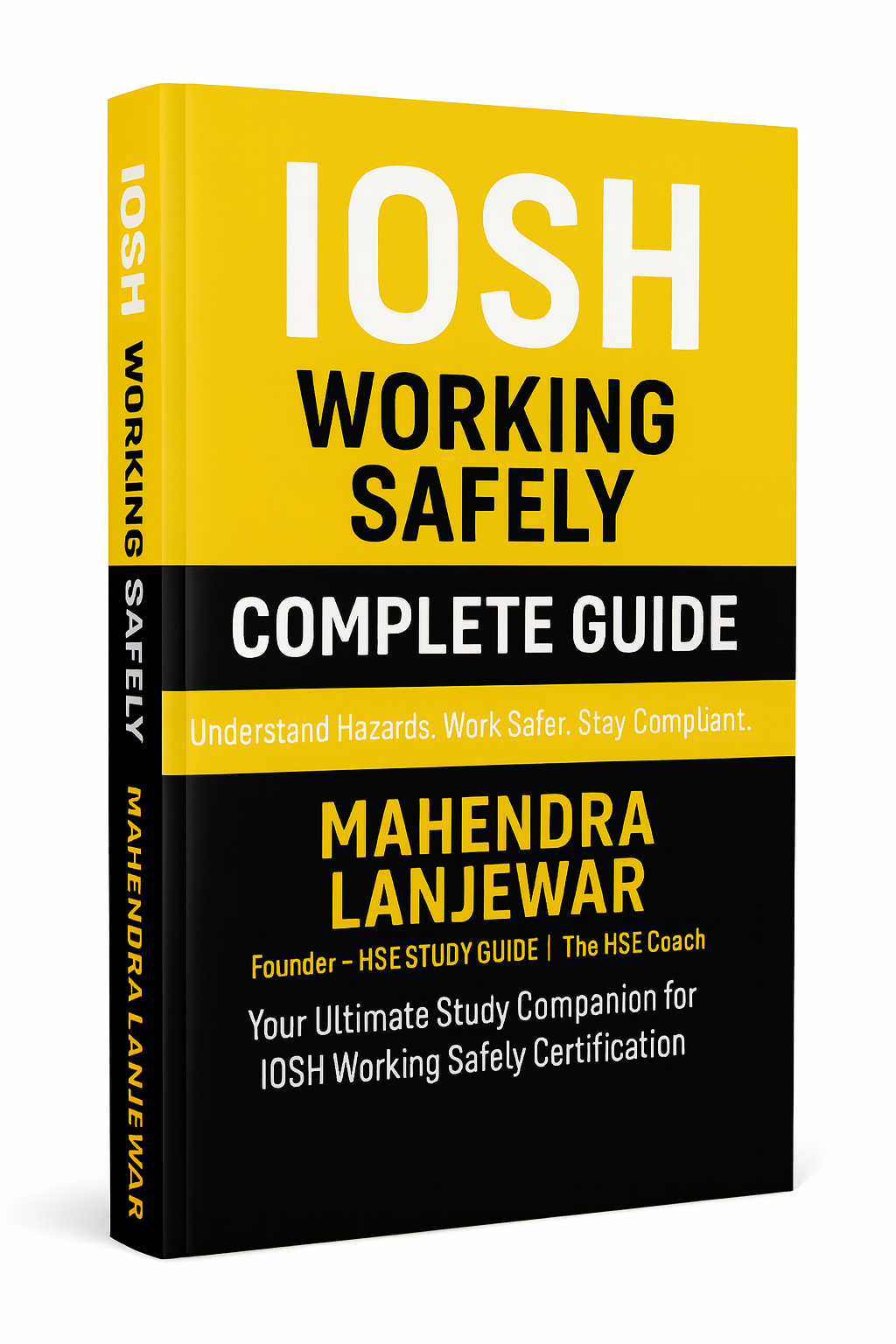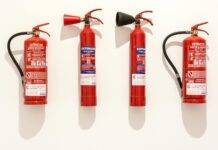
Introduction
When it comes to operating cranes, safety should always be a top priority. Crane accidents can result in severe injuries, property damage, and even loss of life. To ensure that crane operators and those working around cranes are well-informed about safety practices, a crane safety quiz can be an effective tool. In this article, we will present a series of multiple-choice questions and answers to test and enhance your knowledge of crane safety.
Crane Safety Quiz Multiple Choice Questions and Answers
1. What is the maximum wind speed at which a crane can safely lift loads?
A) 10 mph
B) 20 mph
C) 30 mph
D) It depends on the type and capacity of the crane.
Answer: D) It depends on the type and capacity of the crane.
2. What is the purpose of an outrigger on a crane?
A) To extend the height of the crane
B) To increase the lifting capacity
C) To provide stability during lifting operations
D) To enhance the mobility of the crane
Answer: C) To provide stability during lifting operations
3. Which of the following is a best practice before operating a crane?
A) Conducting a pre-shift inspection
B) Speeding up operations to save time
C) Ignoring hand signals if they seem unclear
D) Operating the crane at the maximum capacity for efficiency
Answer: A) Conducting a pre-shift inspection
4. What should you do if you encounter power lines while operating a crane?
A) Operate the crane as usual, as power lines are insulated.
B) Keep a safe distance of at least 10 feet from the power lines.
C) Ask a coworker to guide you while you navigate around the power lines.
D) Stop operations immediately and notify the relevant authorities.
Answer: D) Stop operations immediately and notify the relevant authorities.
5. Why is it crucial to use the correct load chart when operating a crane?
A) To impress supervisors with your knowledge
B) To determine the maximum load capacity of the crane
C) To save time on the job site
D) To avoid unnecessary paperwork
Answer: B) To determine the maximum load capacity of the crane
6. What is the purpose of a tagline when lifting a load with a crane?
A) To add additional weight to the load
B) To stabilize the load during lifting
C) To alert coworkers to stand directly under the load
D) To make the load more difficult to handle
Answer: B) To stabilize the load during lifting
7. What is the correct procedure for shutting down a crane after completing work?
A) Lower the load immediately and leave the crane unattended.
B) Keep the crane running for a quick start the next day.
C) Stow all attachments and lower the load safely before shutting down.
D) Shut down the crane only after the next operator arrives.
Answer: C) Stow all attachments and lower the load safely before shutting down.
8. How often should a crane undergo a thorough inspection?
A) Once a month
B) Once a year
C) Once every two years
D) It depends on the crane’s usage and the manufacturer’s recommendations.
Answer: D) It depends on the crane’s usage and the manufacturer’s recommendations.
9. What is the purpose of a load test for a crane?
A) To check the maximum speed of the crane
B) To determine the age of the crane
C) To verify the crane’s lifting capacity and stability
D) To see if the crane can lift heavy objects
Answer: C) To verify the crane’s lifting capacity and stability
10. What should you do if you suspect a crane is not functioning correctly?
A) Continue using the crane until the issue becomes severe.
B) Report the problem to the supervisor immediately.
C) Wait for a coworker to notice the issue and report it.
D) Attempt to repair the crane on your own.
Answer: B) Report the problem to the supervisor immediately.
11. What does the term “boom radius” refer to in crane operations?
A) The length of time a crane can operate continuously
B) The distance between the crane’s outriggers
C) The distance from the center of rotation to the tip of the crane’s boom
D) The number of times a crane can lift and lower a load in an hour
Answer: C) The distance from the center of rotation to the tip of the crane’s boom
12. What is the purpose of using crane mats or pads?
A) To add weight to the crane for stability
B) To reduce the crane’s lifting capacity
C) To protect the ground from the weight and pressure of the crane
D) To increase the crane’s lifting speed
Answer: C) To protect the ground from the weight and pressure of the crane
13. Why is it essential to keep a safe distance from the crane while it is in operation?
A) To avoid getting caught in the crane’s cables
B) To prevent overheating of the crane’s engine
C) To stay away from the crane’s exhaust fumes
D) To avoid distracting the crane operator
Answer: A) To avoid getting caught in the crane’s cables
14. What should you do if you notice any oil leaks or hydraulic fluid spills on the crane?
A) Ignore it, as it is a common occurrence with cranes.
B) Report it to the supervisor and clean it up immediately.
C) Wait for the maintenance crew to address the issue.
D) Continue working and notify someone at the end of the day.
Answer: B) Report it to the supervisor and clean it up immediately.
15. Why is it crucial for crane operators to communicate effectively with the ground crew?
A) To share personal experiences and stories
B) To establish authority and control over the crew
C) To ensure everyone is following the safety guidelines
D) To discuss non-work-related topics during breaks
Answer: C) To ensure everyone is following the safety guidelines
16. When should you use a dedicated signal person for crane operations?
A) Only when the crane operator requests it
B) Whenever the worksite is crowded with people
C) Only when the crane’s radio communication fails
D) Always, as it is required by safety regulations
Answer: D) Always, as it is required by safety regulations
17. What is the primary purpose of a critical lift plan?
A) To speed up crane operations for increased productivity
B) To determine the number of hours a crane can work in a day
C) To assess the potential risks and safety measures for a complex lift
D) To test the crane’s maximum lifting capacity
Answer: C) To assess the potential risks and safety measures for a complex lift
18. What should you do if you notice any unusual sounds or movements while operating a crane?
A) Ignore it, as it is normal for cranes to make some noise during operations.
B) Continue working and inform the supervisor at the end of the day.
C) Stop all operations immediately and report the issue to the supervisor.
D) Increase the volume of the crane’s warning signals.
Answer: C) Stop all operations immediately and report the issue to the supervisor.
19. Why is it important to secure the load properly before lifting it with a crane?
A) To make the load more challenging to lift
B) To avoid paying fines for load insecurity
C) To prevent the load from falling and causing accidents
D) To minimize the crane’s fuel consumption
Answer: C) To prevent the load from falling and causing accidents
20. What should you do if you are unsure about the load’s weight before lifting it?
A) Make an educated guess based on your experience
B) Ask a coworker to estimate the load’s weight
C) Consult the crane’s load chart or a qualified person
D) Lift the load slowly to see if the crane can handle it
Answer: C) Consult the crane’s load chart or a qualified person
Remember, ensuring crane safety is a shared responsibility that requires knowledge, vigilance, and adherence to best practices at all times. By familiarizing yourself with these questions and answers and staying informed about safety protocols, you can contribute to a safer working environment for everyone involved in crane operations.






















I’m delighted to say that it is crucial and very mush useful